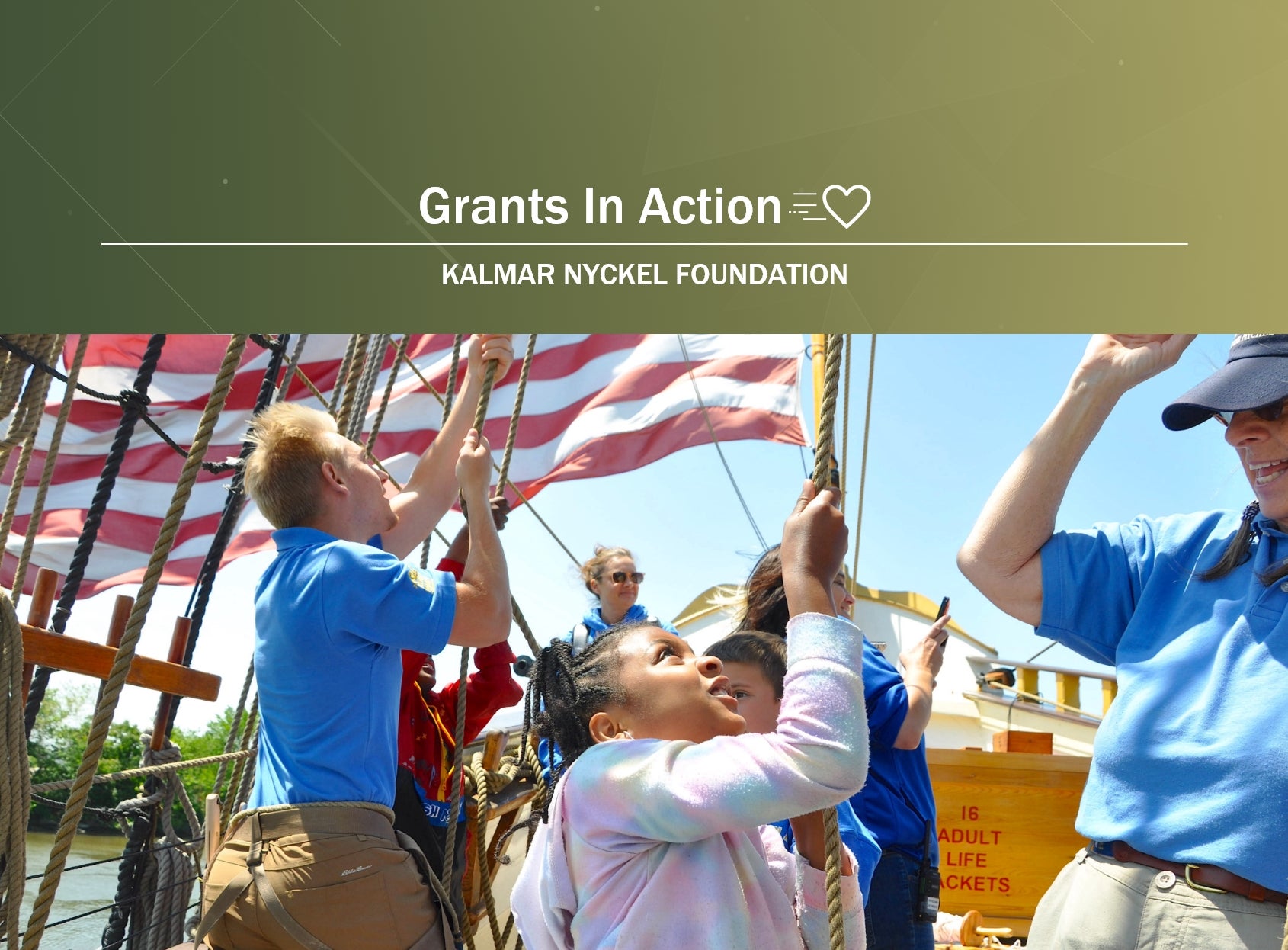Six Ways Donors Can Extend their Giving Strategy in Response to Disasters
Learn how your philanthropy can provide high impact support for long-term crisis and disaster recovery.

When a natural or humanitarian disaster occurs, the media and philanthropic community naturally focus on immediate relief. Philanthropy can play a significant role in the early response period after or during a disaster—and sometimes even act faster than local governments or the international community. But donors can do even more for those affected by disasters by rethinking their disaster giving approach and extending their time horizons for giving.
Research demonstrates a giving pattern after disasters that occasionally falls short of meeting the full need of the individuals and communities impacted. The extent of a crisis often is not clear until its later stages or aftermath. By that point, the initial influx of giving may have ebbed significantly. The decreased presence of crisis coverage in the media over time can lead the public to forget about those affected by the disaster and frontline organizations at a loss for funding as enthusiasm wanes.
Case in point: a study from the Center for Disaster Philanthropy found that about 30 percent of U.S. households made a donation in response to a disaster in recent years. However, in one year studied “only 2 percent donated to support recovery from disasters that occurred in earlier years.”
The emergence of wide-reaching, prolonged crises like the COVID-19 pandemic and climate-change related natural disasters has motivated donors and others to focus on prevention and resiliency efforts to mitigate future disasters, in addition to treating acute crises.
Take time to consider the big picture and thoughtfully plan your giving. If disaster response is of interest, there are several strategies that can help ensure that organizations supplying aid to victims of disasters receive both the immediate relief and the long-term recovery support they need.
What Can Donors Do to Have a Greater Long-Term Impact?
1. Identify Your Motivations and Goals: Due to the fast-changing nature of disasters, developing a disaster-giving strategy can seem like a daunting task. It’s important to establish a solid foundation for your philanthropic strategy before you proceed. Ask yourself, “What causes do I care about the most? What do I hope to achieve through my giving?” Is the impact of disasters on specific populations like women or children important to you? Or particular places, like your local community, where you grew up or a foreign country to which you have a connection? Remember, you don’t need to set rigid requirements for yourself, and it’s important to leave room to be moved in the moment to give.
2. Educate Yourself: Look to past disasters as a guide for identifying crucial areas of need. NPT can assist you in your search for appropriate organizations you might like to support as the disaster progresses. Look to reliable, fact-checked media and information sources for guidance before using social media. Most disaster response organizations will also make their needs clear through their public and web communications. Check back in with them to keep track of the areas of greatest need.
3. Be Patient: Understand that not all areas of need will be apparent during the first days and weeks of a crisis—stay informed as the event progresses. New needs may arise in the weeks, months, and years after. Share information with other donors in your network, and consider whether collaborative giving could help you to fulfill your philanthropic goals more efficiently and meet the longer-term recovery needs of communities impacted by disasters.
4. Consider Unrestricted Gifts: While it might sound appealing to give gifts in-kind, like clothing, blankets, food or other supplies, the most valuable gift in a time of crisis is money. Unrestricted grants have grown in popularity. At NPT, unrestricted grantmaking jumped 50 percent from 2020 to 2021. A key aspect of trust-based philanthropy, unrestricted dollars are crucial in a crisis, as they allow relief organizations to deploy the money where it is most acutely needed and pivot dollars to emerging demands, rather than devoting precious time to sorting materials or negotiating disrupted transport logistics.
5. Think Local: Local and community-based organizations are often in the best position to provide long-term aid to those affected by a disaster or crisis, but they are sometimes overlooked in favor of larger, more well-known organizations. Making local organizations a part of your philanthropic plan will empower these community-based outfits to use their specific understanding and knowledge of their own community to efficiently identify key areas of need and provide aid, as necessary. Local community foundations often serve as excellent aggregators of worthy, but less well-known, nonprofits responding to the crisis. Local newspapers may also be a good source.
6. Consider Recurring Grants: Giving recurring or regular grants can help provide organizations with a sustainable source of funding. Climate-related natural disasters like wildfires, hurricanes and flooding all-too often have a predictable seasonal dimension. Giving before the season can help communities prepare for and minimize damage and loss. Grantmaking that supports infrastructure and logistics in lower income countries—or underinvested American communities—can also help them prepare for and mitigate the impact of future disasters.
Donors can make a tremendous impact in limiting the toll of disasters before and after they occur. Whether they are giving in response to a natural disaster, a war or humanitarian crisis or a deadly, endemic disease, philanthropy helps save and improve lives. By extending the range and scope of their giving, donors can make an even deeper, long-term impact. Consider these strategies and questions as disasters and crises arise and don’t hesitate to reach out to National Philanthropic Trust for additional help and guidance.
NPT is here to help. Contact us at (888) 878-7900 or npt@nptrust.org with any questions.
NPT does not provide legal or tax advice. This blog post is for informational purposes only and is not intended to be, and shall not be relied upon as, legal or tax advice. The applicability of information contained here may vary depending on individual circumstances.


